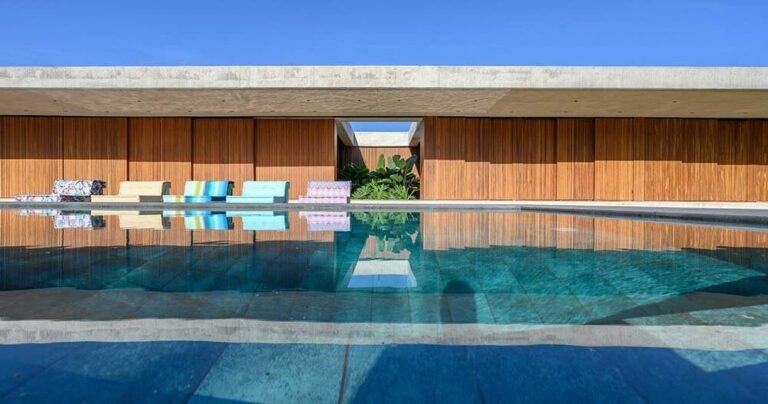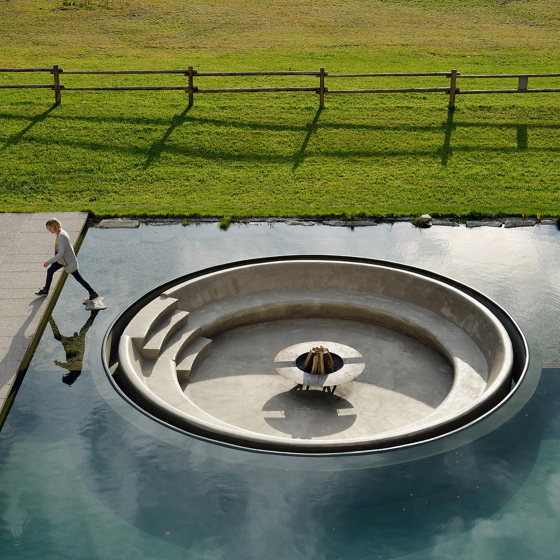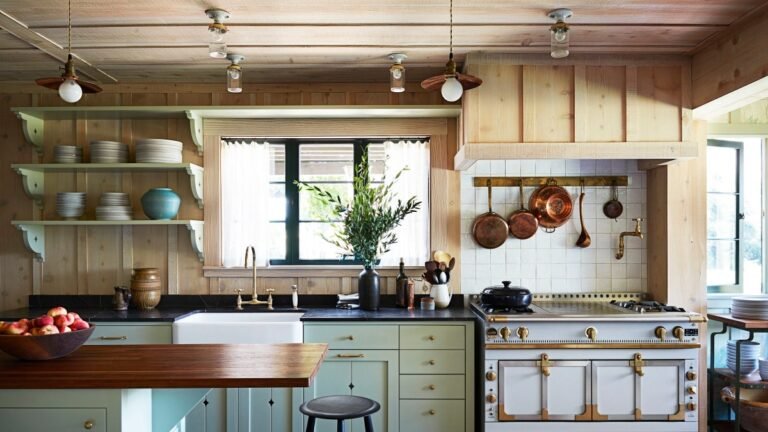Hide House / MRTN Architects
Hide House / MRTN Architects

- Area :
174 m²
Year :
2021
Manufacturers : Big Ass Fans, Rheem, Ross Gardam, Signorino, Supertuft, Archier, Artedomus, Colorbond & Lysaght, In-teria, Mornington, Southcoast Air, Southcoast Kitchens, Talum Windows, United Products, Valley Plains Pottery, Valley Septics, Woodbeast-
-
-

Text description provided by the architects. Venus Bay is located in South Gippsland, a narrow peninsula of land with Bass Strait to the southwest and Anderson’s Inlet to the northeast. Hide House in Venus Bay is located on the crest of a sand dune amongst coastal Tea Tree. The house enjoys views of the waterways of the inlet to the north and the grassy tidal plains to the east while turning its back to the strong predominant south westerly winds that are a common feature of the area.

Hide House is a retreat from Melbourne, a place where the owners can spend increasing periods of time living and working from Venus Bay. However, during summers and holidays, the home needs to comfortably accommodate friends and family. Guest bedrooms, bunkroom, and living space are located on the lower level while the upper level contains the main living spaces and owners’ bedroom. The sculptural form of the house is created by the assemblage of a curved upper level placed on and over a lower rectilinear volume.



The elevated views are a significant feature of the site; a mise-en-scène of constantly unfolding action created by the shadows of clouds passing overhead, migrating birds, roaming cattle, and mobs of kangaroos passing through. Savouring the view with minimal disturbance was important to the clients and informed the design of the house from the outset. The home is an embodiment of the ‘bird hides’ or ‘look-outs’ in the local area that provide access to views of birds and wildlife while remaining concealed in the landscape.


The two forms are clad in sustainably harvested Silvertop Ash cladding, a fine shiplap board for the upper volume, and a more rusticated inverse board and batten for the lower volume. The outside face of the arc turns its back to south-westerly winds and protects it from the afternoon sun. The elevated volume creates a sequence of sheltered external spaces and frames views through to the landscape beyond.


The bird hide typology was again referenced in the centrally located family dining area. In lieu of an exterior deck that would have been very exposed to the elements and potentially obscure views beyond, the dining and kitchen are conceived as an outdoor room that can be open to the view and elements with an oversized sliding window. The Spotted Gum materiality of the space reinforces the indoor-outdoor nature of this room and further references the immersive timber spaces and long horizontal openings typical of the bird hide shelters.

All heating and cooking are powered by fossil fuel-free, highly energy-efficient appliances, and heat pump technologies. The house is not connected to mains gas, sewer, or water supply. Timber cladding is sustainably harvested and milled Silvertop Ash, which also meets the bushfire attack level requirements of the site. All rainwater is collected, ceiling fans and high operable windows create a comfortable thermal environment.








